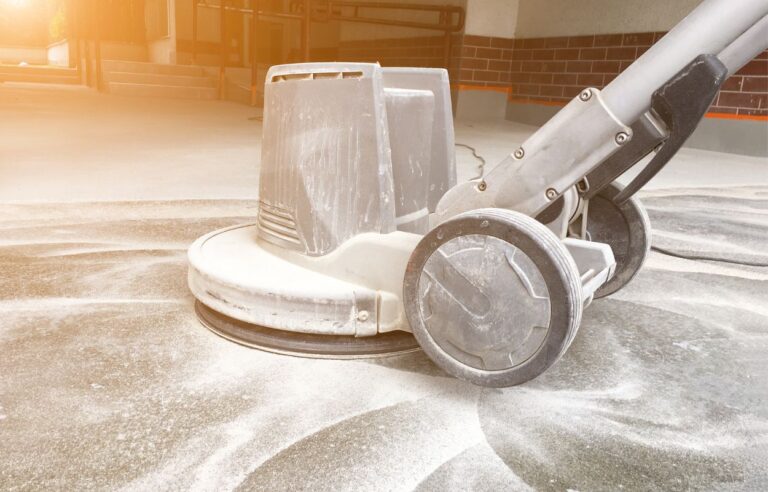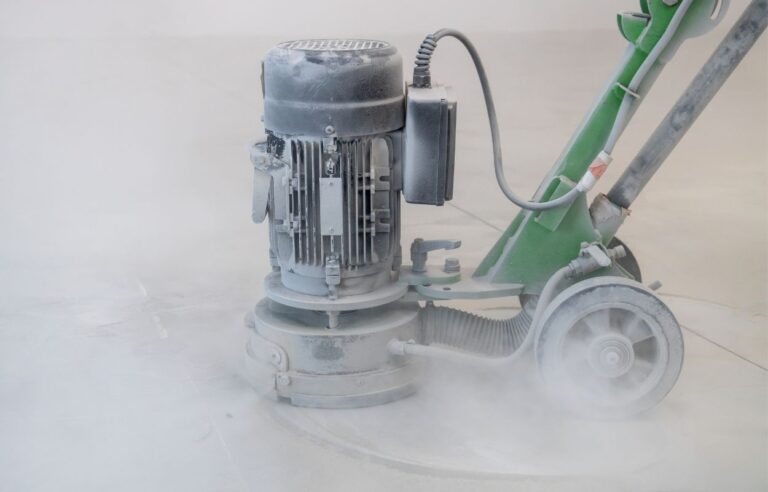
Demolition is a crucial part of construction and renovation projects, and it is essential to consider the environmental impact of demolition. Traditional demolition methods are often associated with environmental hazards, such as air and noise pollution, and waste production. However, there is an alternative method called “green demolition,” which focuses on reducing the environmental impact of demolition while maintaining safety and efficiency. In this blog post, we will compare and contrast green demolition and traditional demolition methods, and explore which one is better for the environment.
WHAT EXACTLY IS GREEN DEMOLITION?
Green demolition, also known as deconstruction, is an eco-friendly demolition method that aims to salvage and recycle building materials. Unlike traditional demolition, where buildings are knocked down and materials are discarded, green demolition focuses on disassembling a building in a way that allows for the reuse of as many materials as possible. This method not only reduces waste and carbon emissions but also helps to preserve natural resources by reducing the demand for new materials.
HOW DOES GREEN DEMOLITION COMPARE TO TRADITIONAL DEMOLITION?
Traditional demolition involves the use of heavy machinery and tools, which often results in significant noise and air pollution. Additionally, it generates large amounts of waste, which can be difficult to dispose of safely. In contrast, green demolition involves careful planning and disassembly techniques that focus on salvaging and recycling materials. By reducing the amount of waste generated, this method helps to mitigate environmental damage.
Moreover, green demolition is often safer for workers and nearby communities. Traditional demolition can release harmful substances, such as asbestos and lead, into the air and surrounding environment, posing health risks. However, green demolition involves a more thorough and careful removal of hazardous materials, which reduces the risk of exposure to harmful substances.
WHAT ARE THE BENEFITS OF GREEN DEMOLITION?
Green demolition has several advantages over traditional demolition. Firstly, it reduces the environmental impact of demolition by reducing waste and carbon emissions. By salvaging and recycling materials, this method reduces the need for new materials and minimizes the amount of waste that ends up in landfills. This helps to conserve natural resources and protect the environment.
Secondly, green demolition can be more cost-effective than traditional demolition. By salvaging and recycling materials, companies can offset the cost of demolition, as they can sell the salvaged materials or reuse them in new construction projects. This can also help to reduce the cost of new construction projects, as salvaged materials are often less expensive than new materials.
Green demolition is an eco-friendly and cost-effective alternative to traditional demolition. By salvaging and recycling materials, this method reduces waste and carbon emissions, while also conserving natural resources. Moreover, green demolition can be safer for workers and nearby communities, as it involves a more careful removal of hazardous materials. While traditional demolition methods are still prevalent in many areas, green demolition offers a promising solution for reducing the environmental impact of demolition and promoting sustainable construction practices.





